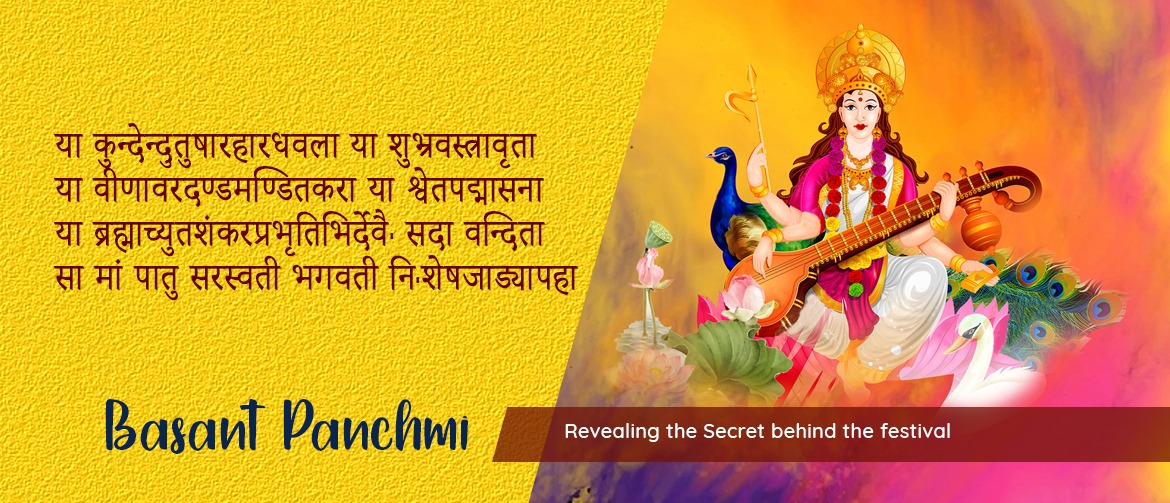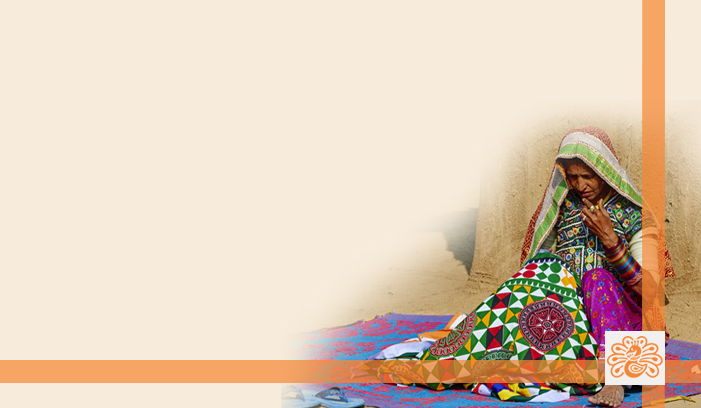- No products in the cart.

12
Feb
In India, festivals are all about togetherness and harmony. In fact, the fun and frolic of the occasion is simply incomplete without good food and happiness.
With the onset of the spring season, it’s time to celebrate the festival of Basant Panchami. Predominantly, celebrated in eastern parts of India as Saraswati Puja, particularly in West Bengal and Bihar. However, in North India, especially in Punjab, Basant Panchami is celebrated as a festival of kites whereas in Rajasthan wearing jasmine garland to celebrate this festival is a part of the rituals.
Also, according to Hindu Panchami marks the beginning of the spring season. As per the Hindu calendar, it falls on the fifth day of the Magha maas(month).
According to the Hindu Mythology, it is believed that Lord Brahma created the universe on this day. Apart from that, the reason why Saraswati Puja is celebrated in some parts of the country is because it was believed that on this day Goddess Saraswati was born .A day dedicated to Goddess Saraswati, who is believed to confer knowledge, music and art. Basant Panchami or Saraswati Puja is an important Hindu festival that marks the culmination of winter and the arrival of spring. People across the country gear up to welcome a new season.
The colour yellow has a great significance in the celebration of Basant Panchami as it marks the harvest time of mustard crop that has yellow blooms, which is Goddess Saraswati’s favourite colour. Yellow attire is therefore worn by the followers of Saraswati. Moreover, traditional feast is prepared for the festival wherein the dishes are usually yellow and saffron in color.
The color of Basant is yellow which symbolizes peace, prosperity, light, energy and optimism. This is why people wear yellow clothes and make traditional delicacies in yellow hues. In Bengal and Bihar, Goddess Saraswati is offered boondi and ladoo. Sweet rice with saffron and dry fruits is made in almost every house on this occasion. Mango wood, shriphal (coconut), Ganga water, and baer are also offered, particularly by Bengalis. Traditionally, in Punjab, Maake ki Roti and Sarso Ka Saag are savoured. In Bihar, people celebrate Saraswati Puja by offering delicacies like Kheer, Malpua ,Bundi and Mostly yellow colored fruits to the Goddess. Like all festivals, it is marked by many traditional delicacies, like khichuri, mixed vegetables, kesar halwa, kesari bhaat, payesh, begun bhaja, sondesh and rajbhog are served as a bhog on this special day. On Murti Visthapan day, big processions are held. The idols of Maa Saraswati are immersed in the holy water of river Ganga with serenity. Also the festival of Holi that is celebrated approximately 40 days later, sometime in March.
Recent Posts
15Jan
01Jan


Recent Comments